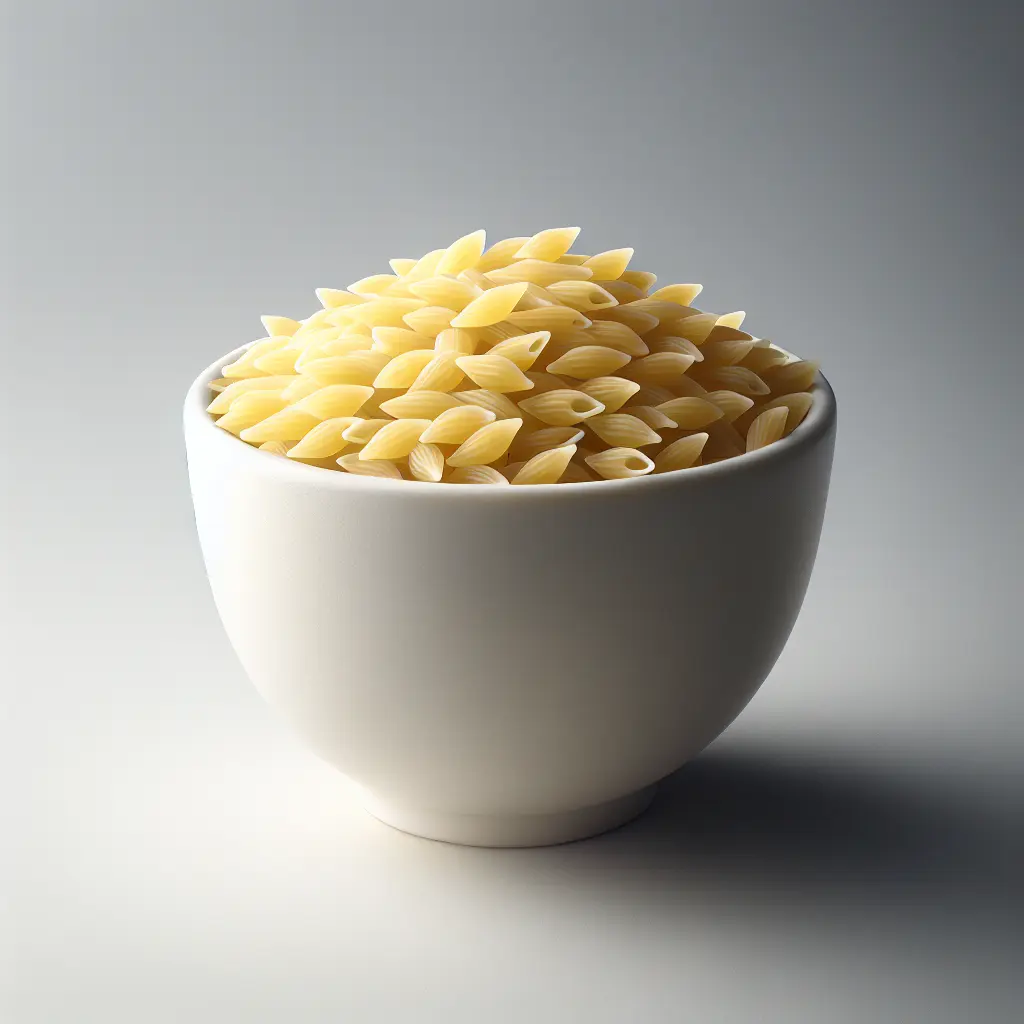Orzo: A Culinary Delight
Orzo, a versatile pasta with a unique elongated shape and a subtle nutty flavor, has gained popularity in various cuisines around the world. Its compact size and delicate texture make it a perfect choice for salads, soups, and casseroles. It can be cooked in a variety of ways, allowing for endless culinary creations.
Orzo is made from durum wheat semolina, a type of flour known for its high protein content and superior quality. The semolina is mixed with water and extruded through a special die, giving it its distinctive shape. Its compact size and porous texture allow it to absorb sauces and flavors exceptionally well, making it an ideal ingredient for flavorful dishes.
Nutritional Value of Orzo
In addition to its culinary versatility, orzo offers an array of nutritional benefits. One cup (170 grams) of cooked orzo provides approximately:
- Calories: 316
- Protein: 11 grams
- Fat: 1.3 grams
- Carbohydrates: 64 grams
- Fiber: 2.7 grams
- Sugar: 2.3 grams
Orzo is a good source of protein, providing essential amino acids for the body. Its high fiber content promotes satiety, aids in digestion, and helps regulate blood sugar levels. Additionally, orzo contains essential vitamins and minerals, including niacin, iron, and magnesium.
Cooking with Orzo
Orzo can be cooked in a variety of ways, making it a versatile ingredient for both novice and experienced cooks. Here are a few popular methods:
- Boiling: Orzo can be boiled in salted water for 8-10 minutes or until al dente (tender but still firm to the bite).
- Microwaving: Combine orzo, water, and salt in a microwave-safe bowl. Microwave on high for 5-7 minutes or until the orzo is tender.
- Sautéing: Orzo can be sautéed in olive oil or butter before adding liquid, resulting in a slightly crispy texture.
Once cooked, orzo can be used in a wide range of dishes, including:
- Salads: Orzo's compact size and mild flavor make it a great base for salads. Combine it with fresh vegetables, grilled meats, or seafood for a satisfying meal.
- Soups: Orzo adds texture and substance to soups. It can be added to vegetable broths, hearty stews, or creamy soups for a comforting and flavorful touch.
- Casseroles: Orzo is an excellent choice for casseroles, as it absorbs the flavors of the other ingredients and creates a cohesive dish.
- Stuffed Vegetables: Orzo can be used as a stuffing for vegetables such as bell peppers, tomatoes, or zucchini, creating a delicious and visually appealing dish.
Orzo's versatility and nutritional value make it a pantry staple for home cooks and professional chefs alike. Its ability to complement various flavors and textures makes it an excellent choice for a wide range of culinary creations. So, next time you're looking for a versatile and nutritious ingredient, consider orzo – the small pasta with a big impact.
How many calories are in Orzo?
Each 1 cup of Orzo contains 316 calories.
Orzo Nutritional Information
| Nutrient | Amount per 1 cup (140g) |
|---|---|
| Calories | 316 Calories |
| Protein | 11g |
| Fat | 1.3g |
| Saturated Fat | 0.2g |
| Cholesterol | 0mg |
| Carbohydrates | 64g |
| Dietary Fiber | 2.7g |
| Sugar | 2.3g |
| Sodium | 0.0073mg |
| Potassium | 0.1897mg |
| Calcium | 0.02mg |
| Iron | 0.0028mg |
